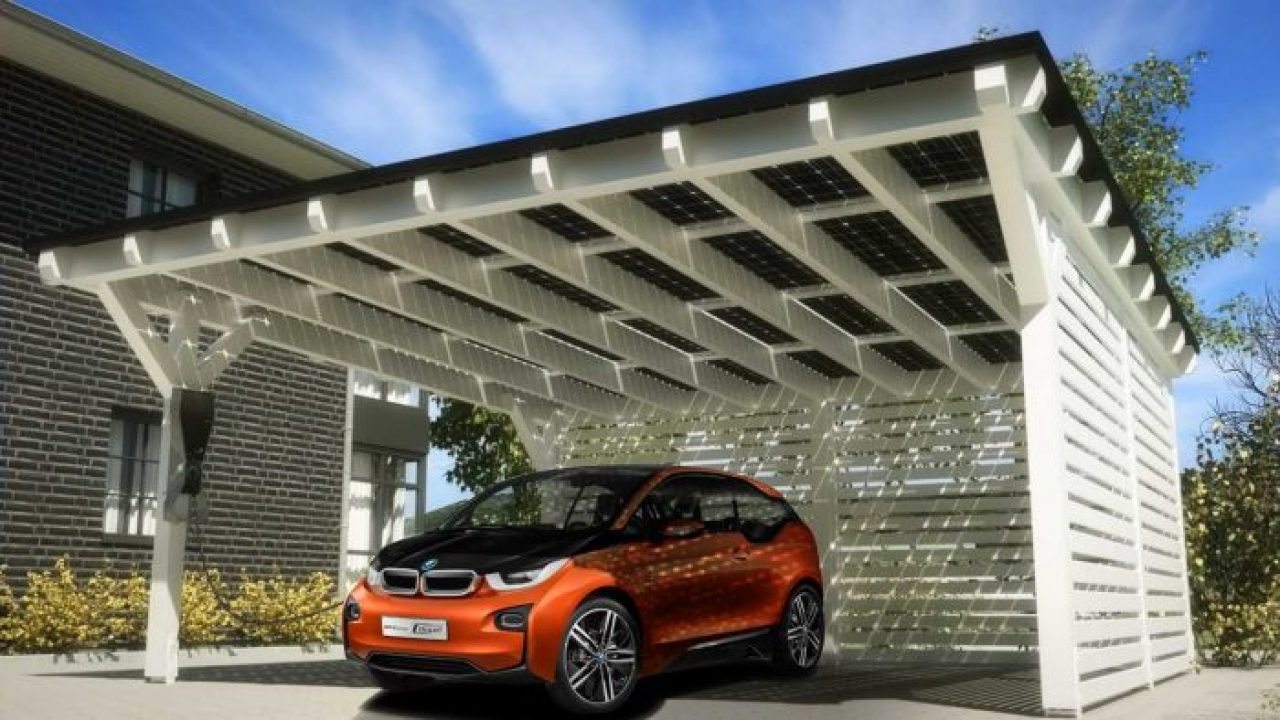Solar powered electric vehicle charging

Nowadays, when it comes to charging electric vehicles, the most common thing is that we think of traditional electricity, that is, of recharging points provided through traditional networks. But the truth is that you have asked yourself more than once: Is it possible to charge my car using solar panels?
The answer is yes, you can produce the fuel for your car in your own home. To achieve this, all you have to do is install photovoltaic equipment, which can generate most of the electricity the car needs to move around the house.
This is a topic that has aroused great interest and suspicion, therefore, we will clarify some problems that arise when installing solar panels to charge domestic electric cars.
Is it feasible to charge the electric car with solar panels?
When you have an electric car, charging it with clean energy at home is an economical and sustainable option. But to ensure the feasibility of charging electric vehicles through solar panels, it is very important to understand how much energy our vehicles need to circulate every day.
The first thing to do is make sure that the photovoltaic devices you have installed in your home or plan to install in the near future have enough power to power your car and the rest of your home.
The method of calculating the energy consumed by a car is very simple because it is calculated in kilowatt-hours (kWh) per 100 kilometers. So that we all understand each other, for every 100km, an electric vehicle will spend about 18 kWh.
In most cases, simply installing four solar panels to charge an electric vehicle.
How much does a solar installation produce?
It is estimated that a solar installation generates around 450kWh for each solar panel each year. To find out how many we will need, we must make an approximation of the kilometers that we will travel in a year.
You must remember that the installation is only done during sunny hours. Therefore, if you do not consume all the kWh at once, add more vehicles and houses, they will escape to the grid through the meter.
What happens to the energy that I don't consume? Those kWh will be registered and the system charges them at a price X that will be offset by the amount of kWh that we consume from the network.
It must be taken into account that fast charges are only going to be available to the so-called “electrolineras”. Specially prepared refueling points, from the point of view of electrical infrastructure, to be able to make fast or ultrafast charges higher than 10 kWh.
These types of facilities usually have more than 100 kW of power contracted, so the electrical network in the area must be adequate to these consumptions. This is precisely the aspect that brings car parks, garages, neighborhood communities, neighborhoods, towns ... but that makes electricity distributors happier, who rub their hands with the situation.
Finally and from an economic and environmental point of view, producing your own fuel from home is a good decision, since you will save on electric fuel not only for your vehicle but also for your home. If you own an electric car and are considering installing a photovoltaic kit at home, you can contact AnaZet Solar.